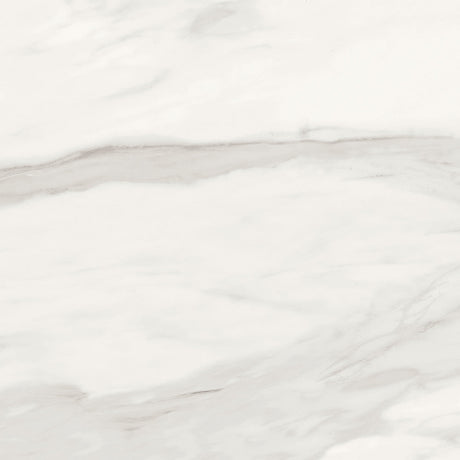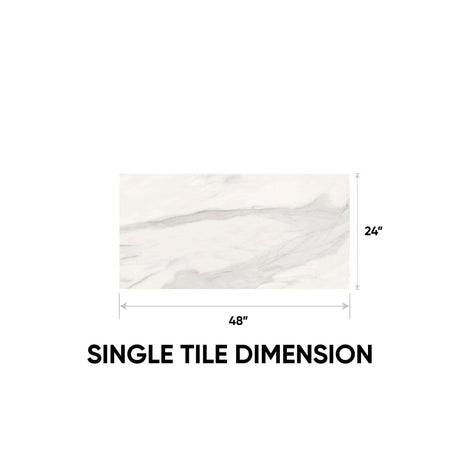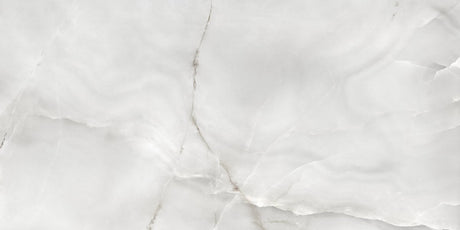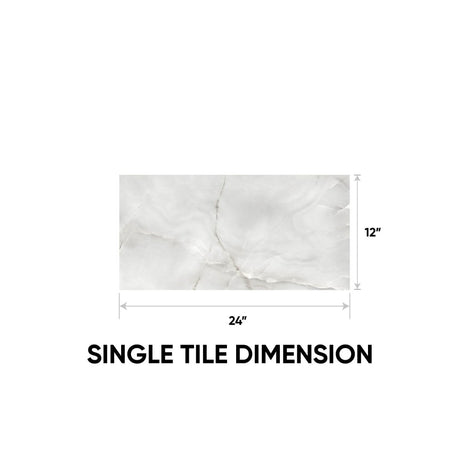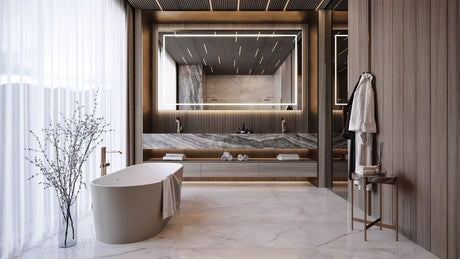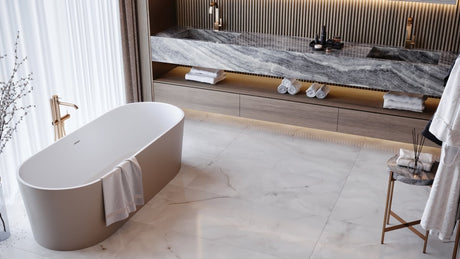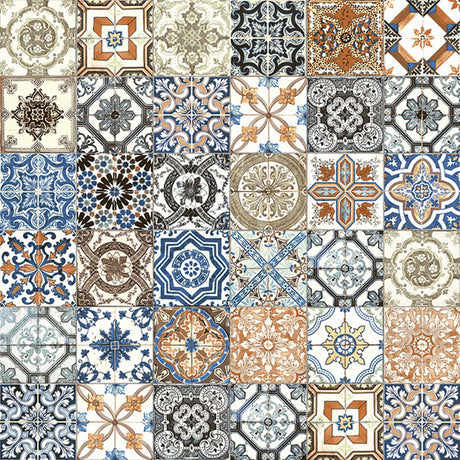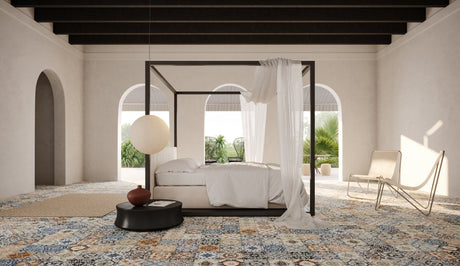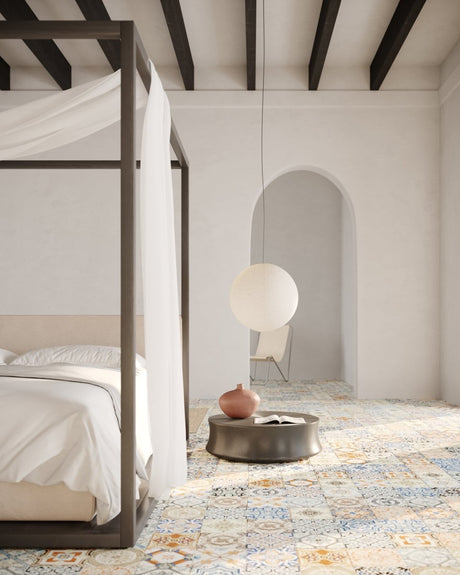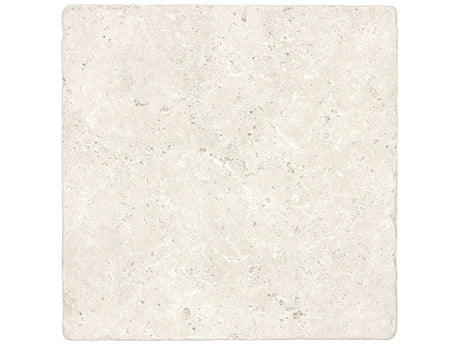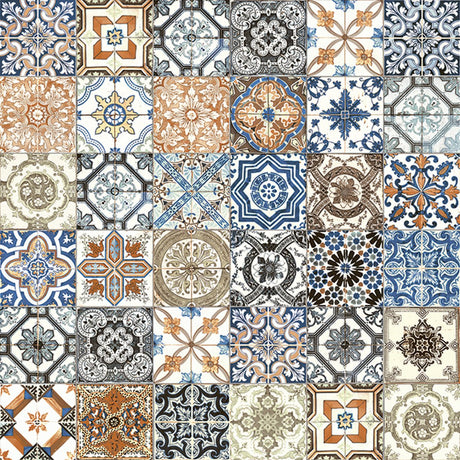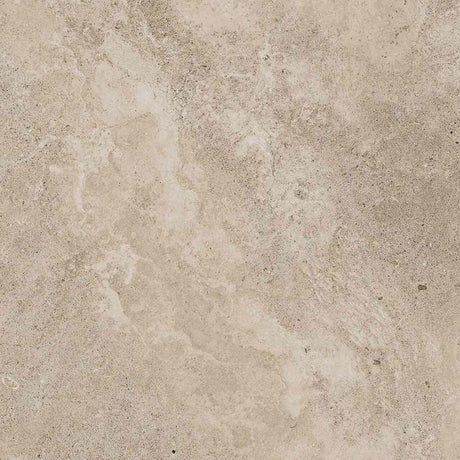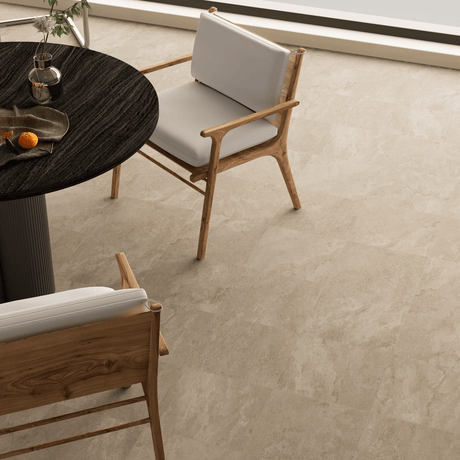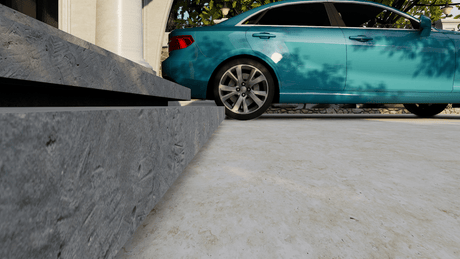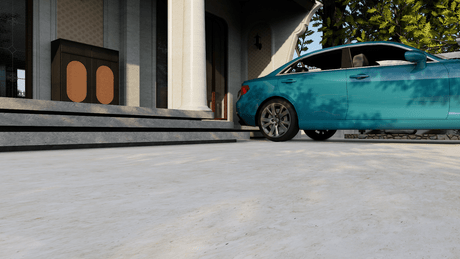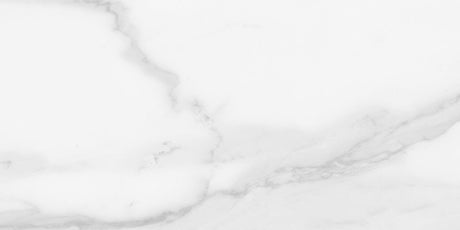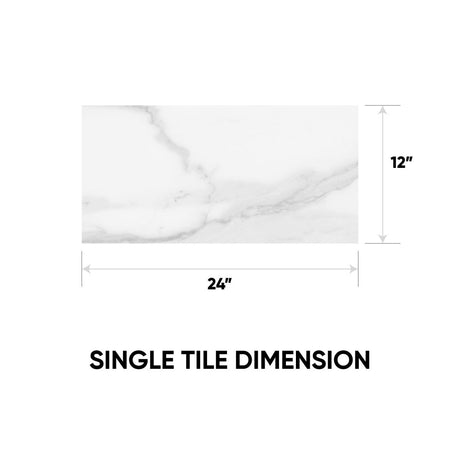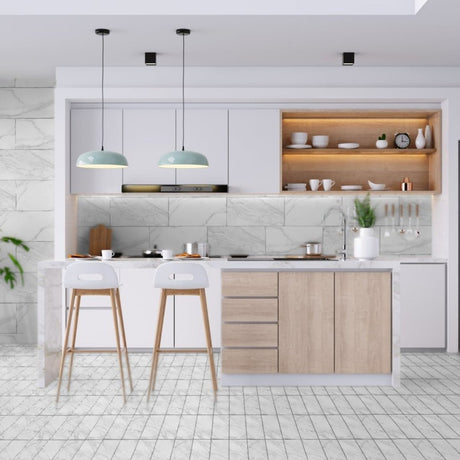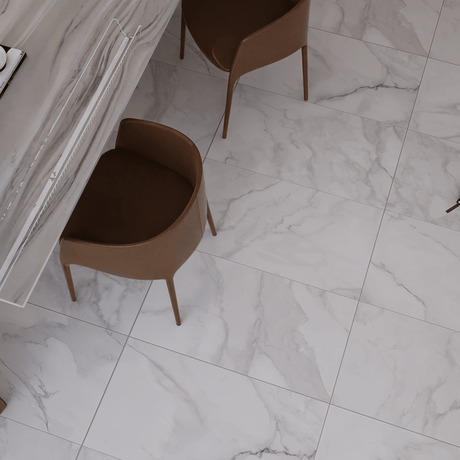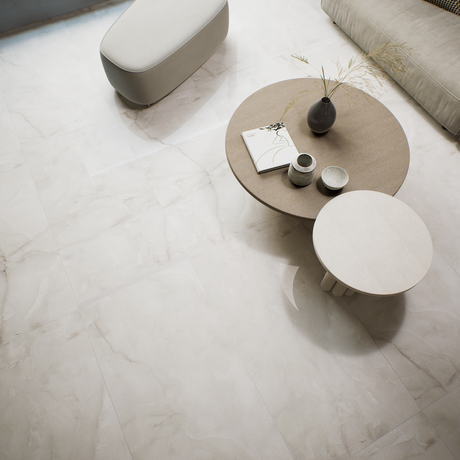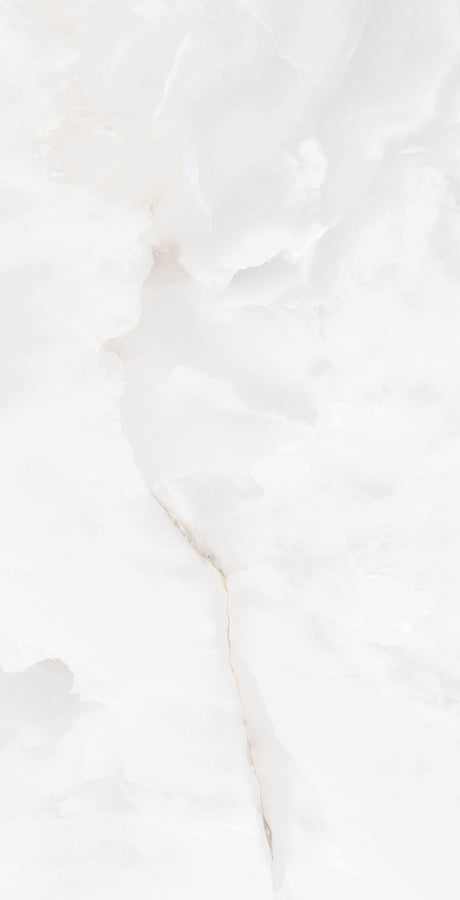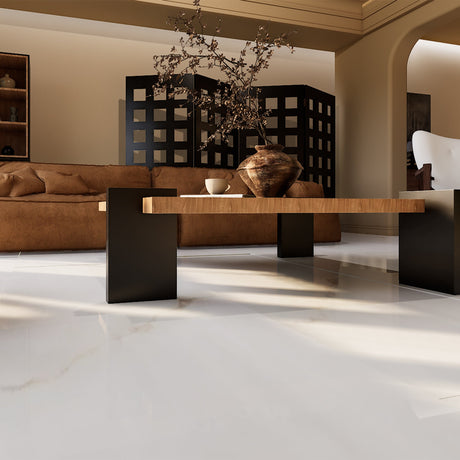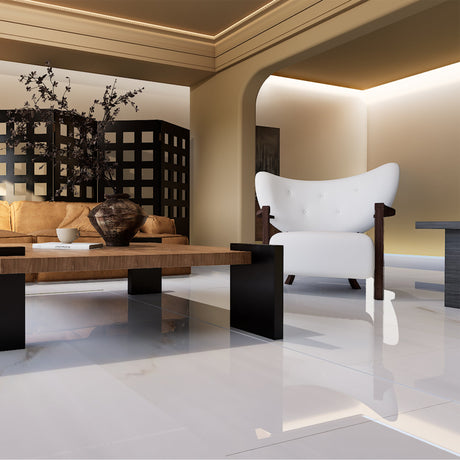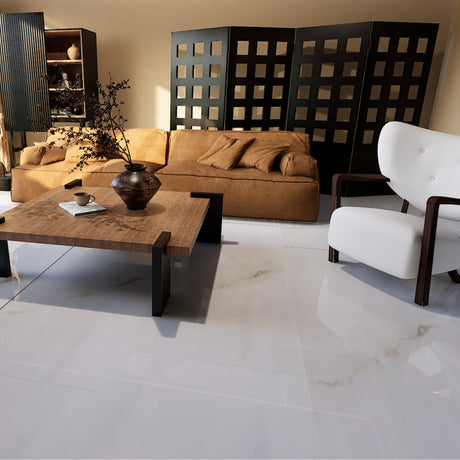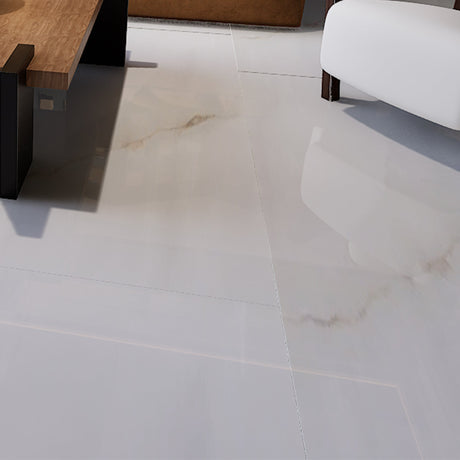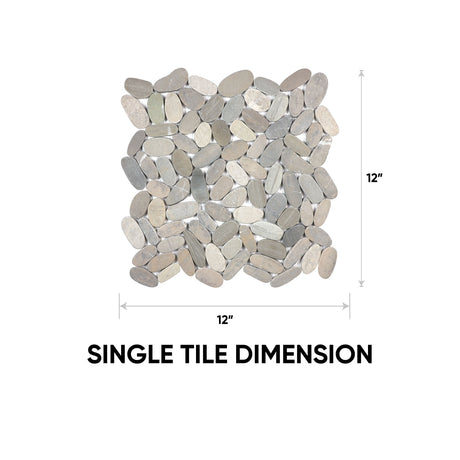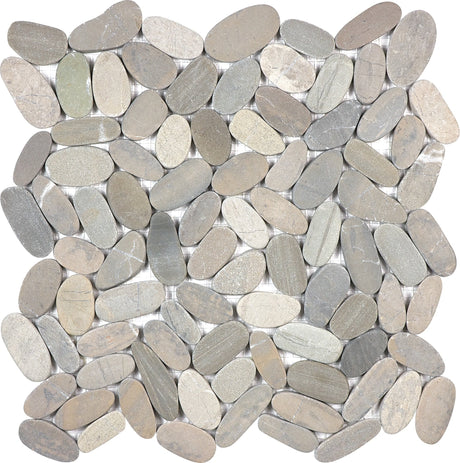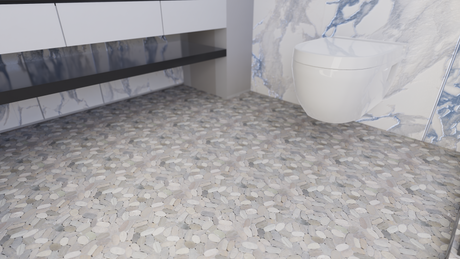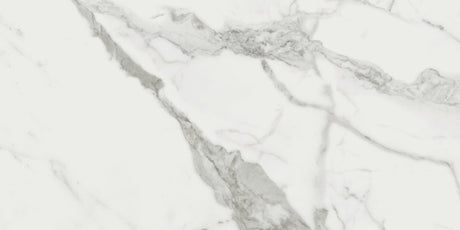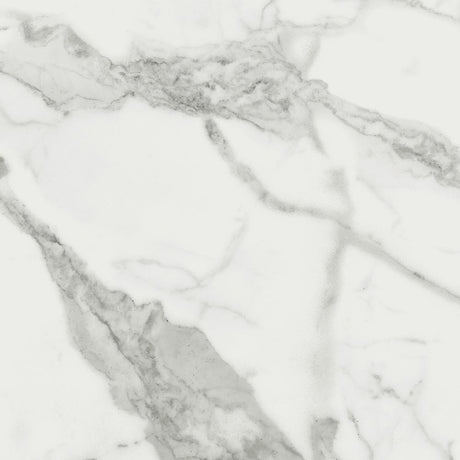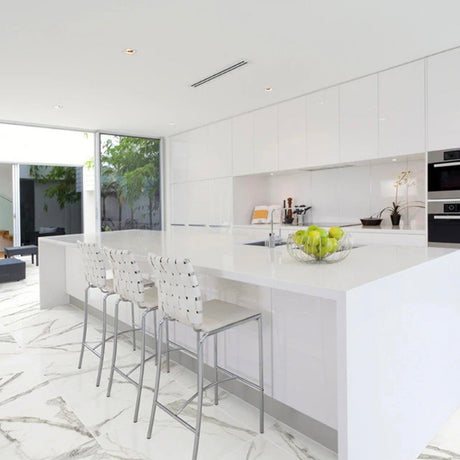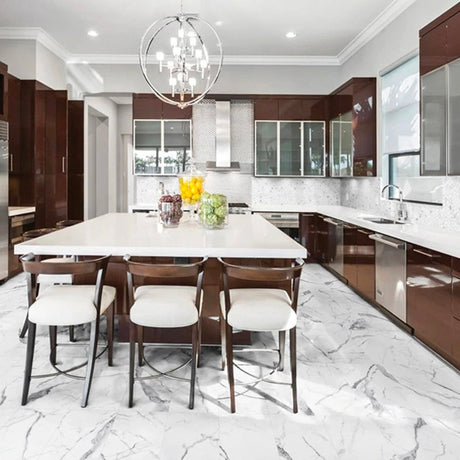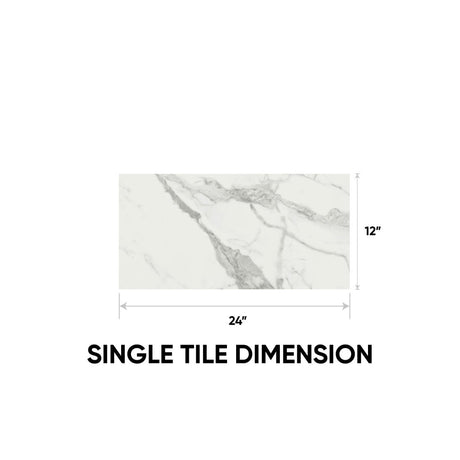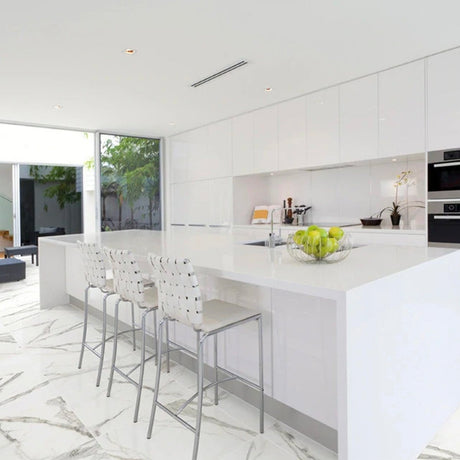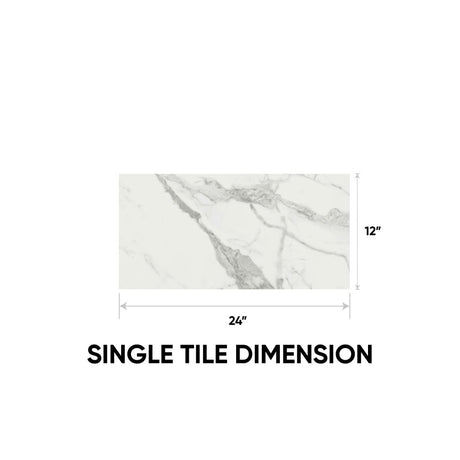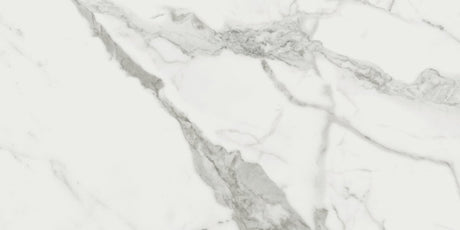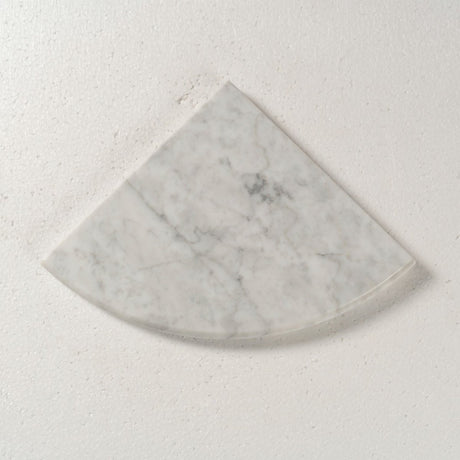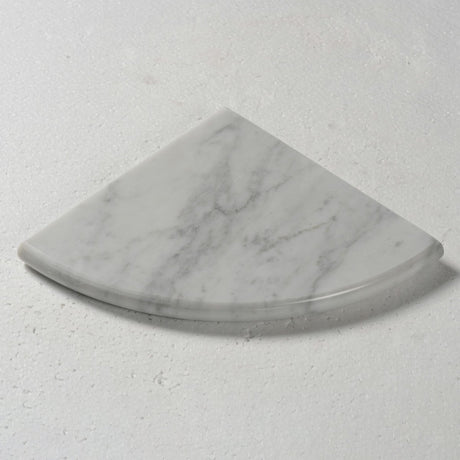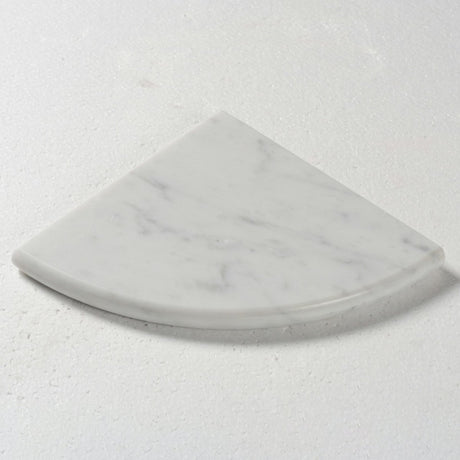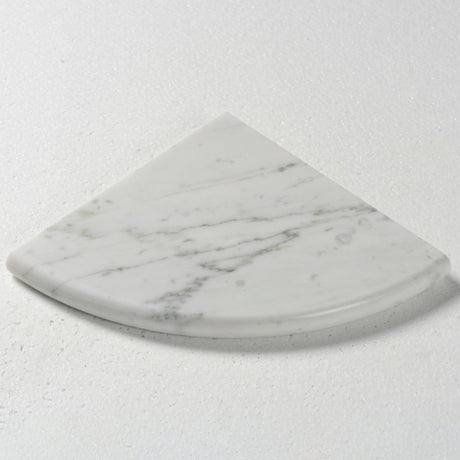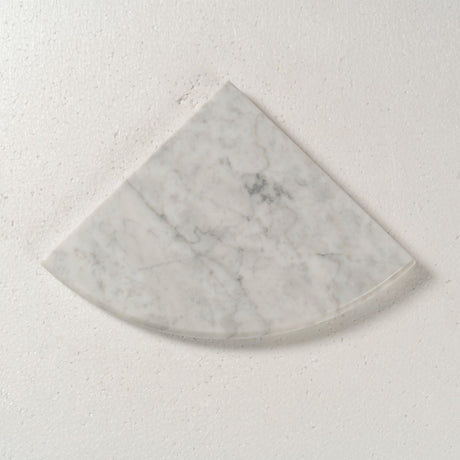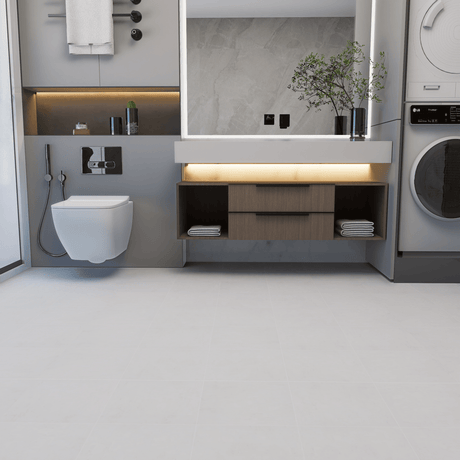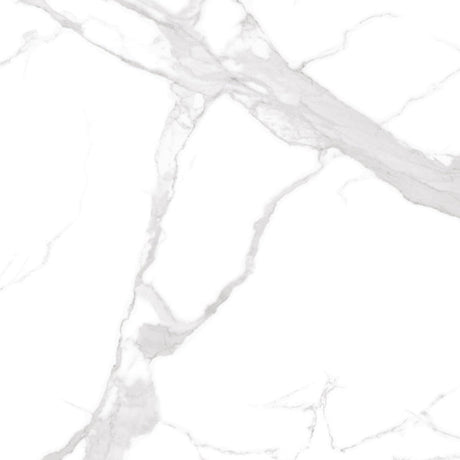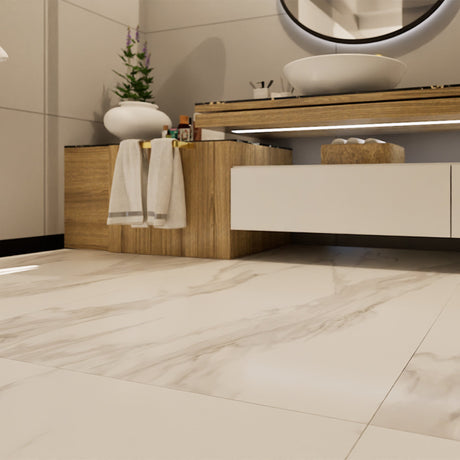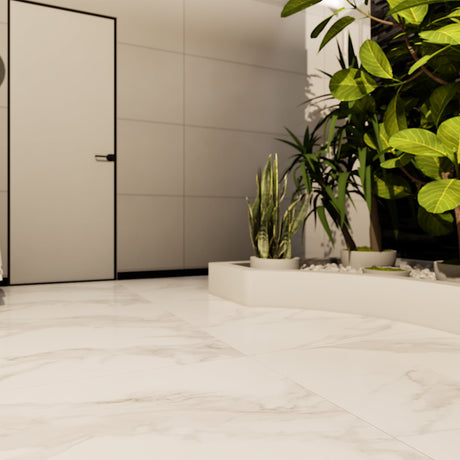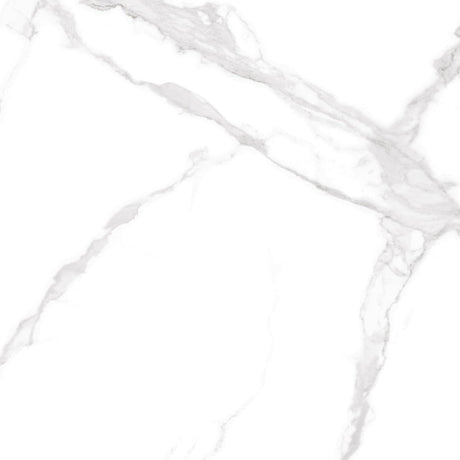- Up to 14% off
Floor Tile Options That Fit Every Room and Every Style
A Floor That Needed Fixing
The old floor had stains. It creaked. It collected dust in the corners. So, one day, a new surface was added—strong, clean, and simple. Floor tile replaced the mess, and the whole room felt better. That single change made walking across the space easier and cleaning quicker.
Whether you’re working on a bathroom, a living room, or even a patio, floor tiles make the job easier. They last longer than wood, hold up better than carpet, and come in enough styles to suit any home.
Why Floor Tile is a Smart Choice
Floor tile isn’t just about looks. It’s about daily use. It handles foot traffic, spills, and heavy furniture. Plus, tile doesn’t hold on to dust or moisture, which makes it a clean and smart choice.
Benefits of Floor Tile:
-
Tough and long-lasting – Perfect for busy rooms
-
Water-resistant – Works well for bathroom floor tiles or basements
-
Easy to clean – A quick sweep or mop is enough
-
Cool underfoot – Great for warm-weather areas
-
Lots of styles – From black floor tiles to wood-look or marble
-
Sizes for all rooms – Choose from small squares to large floor tiles
Whether you need something practical or eye-catching, there’s a tile for that.
Where to Use Floor Tiles
Because tile holds up in different settings, you can use it all around your home. And with the right type, it works both indoors and outside.
Popular Places to Use Floor Tiles:
-
Bathrooms – Try floor tiles for bathrooms in a matte finish for safety
-
Living rooms – Choose living room floor tiles for a clean and modern look
-
Basements – Use moisture-proof basement floor tiles that stay dry
-
Kitchens – Easy to wipe after spills and mess
-
Patios and decks – Go for outdoor floor tiles built to handle sun and rain
-
Entryways – Tile stays strong under muddy boots and wet shoes
For a bold look, some even try floor tiles with pennies or patterns that bring out personality.
Types of Floor Tiles to Choose From
Not all tiles are the same. Some are smooth. Some are textured. Some are made for moisture. Others for heat. That’s why knowing what’s best for your room matters.
Common Tile Options:
-
Porcelain floor tiles – Hard and good for indoor/outdoor use
-
Ceramic floor tiles – Great for light to moderate foot traffic
-
Marble floor tiles – Stylish and strong for larger rooms
-
Big floor tiles – Fewer grout lines and a smoother finish
-
Black floor tiles – They add contrast and depth
-
Wood-look tiles – Get the wood feel without the worry
Even simple bathroom tile floor tiles can look different just by choosing the right size and layout.
Tips Before You Buy or Install Floor Tile
It helps to plan ahead. This keeps your project smooth and your tile safe from early wear.
Quick Tips:
Measure your room to know how much tile to get
-
Choose slip-resistant tiles in wet areas
-
Match tile thickness if installing next to other floors
-
Pick the right grout – dark grout hides dirt better
-
Clean and seal as needed, depending on tile type
For large rooms, large floor tiles can make things look open and clean. Smaller spaces may benefit from lighter shades and smaller formats.
Conclusion
Floor tile makes sense in every part of the home. It’s easy to clean, holds up to life’s messes, and looks good while doing it. From a smooth marble floor tile to a bold black floor tile, the choices are wide and simple to use.
So, whether you're updating a small bath or redoing your whole living space, tile is a solid step in the right direction.






